The traditional process of strategy formulation normally begins with an analysis of the external environment; then the characteristics of the organization, then possible courses of action and, finally, how to implement the selected alternatives. Although this process may be logically correct, it means that a lot of the time and resources allocated to the process are used up in the first two phases, leaving the last two as a consequence of the analysis. Perhaps the lack of attention to strategic action is due to a lack of awareness, or the complexity of its concepts. As a result, many observers conclude that the field of strategic management is somewhat removed from organizational ¡ction and a company’s day-to-day activities.
Edition 41, Strategy
Fail in Order to Succeed
14 June, 2012
 By: Claudia González Brambila and Daniela Ruiz Massieu
By: Claudia González Brambila and Daniela Ruiz Massieu
“A failure can still blossom into a great wonder”
- Anonymous
Mexico joins other countries in its conviction that the creation of new businesses is a way to spur more dynamic economic and social development. For this reason, various government agencies support the creation of businesses, particularly those with high growth potential and the ability to create value. New companies have shown that they stimulate the economy by paying taxes, and these resources are what the government uses for infrastructure and services, that in turn create jobs and greater consumption – all which result in a virtuous circle.





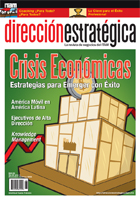

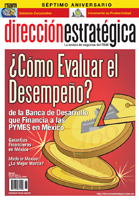
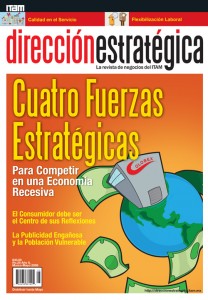
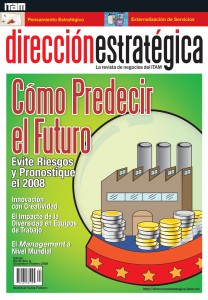




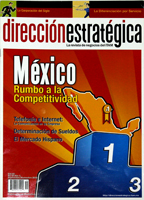

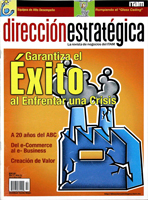

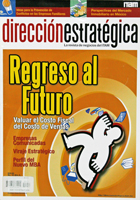
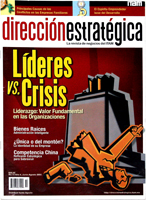






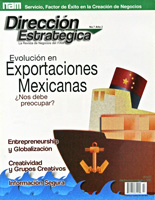

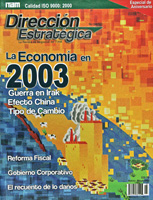


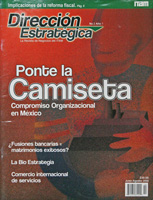

iPad vs. Kindle Fire One Year Later: Didn’t we expect a price war?
By: Paolo Morganti
Amazon just announced its impressive line of new tablets. Only one year ago the announcement of the Kindle Fire, the 7-inch tablet sold at the outrageous price of USD 199, opened an intellectual debate among analysts, journalists and computer geeks: could the new tablet compete successfully with the undefeated champion, the iPad 2? Does that mean that for the first time Apple would have to reduce the price of its celebrated tablet, possibly starting a price war?
(leer más…)